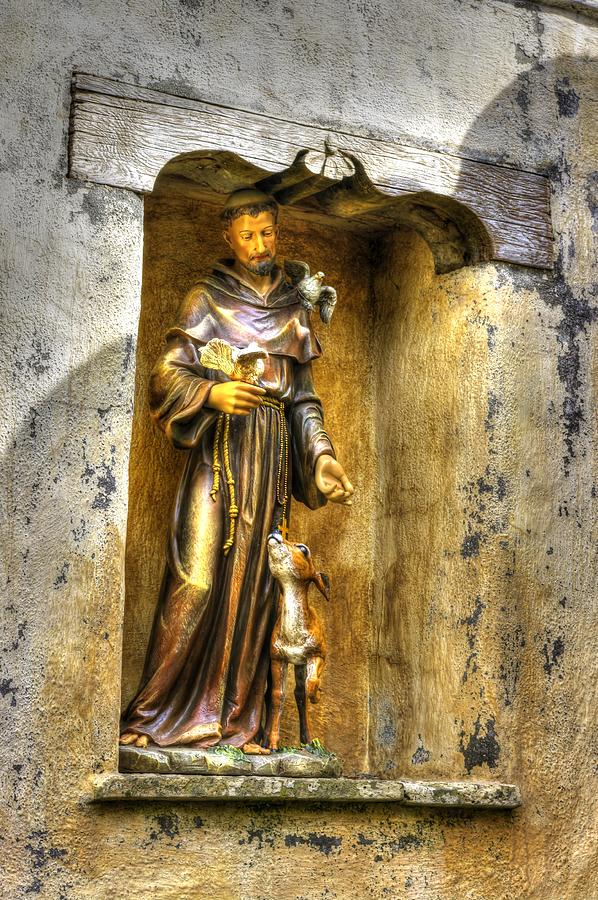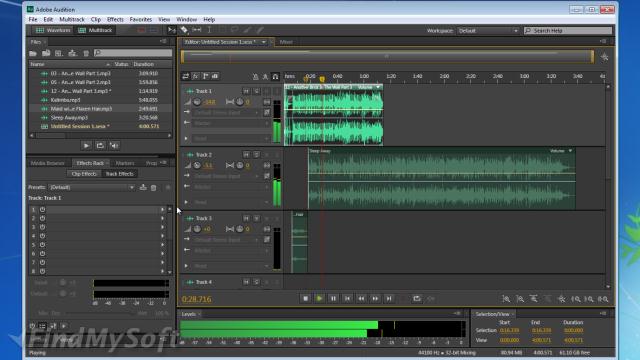This video shows how to make your very first mosaic with Mazaika for Windows. Express mosaic wizard allows you to assemble a photo mosaic with just a few mou.
Google uses cookies and data to:- Deliver and maintain services, like tracking outages and protecting against spam, fraud, and abuse
- Measure audience engagement and site statistics to understand how our services are used
- Igor Outkine - accordion, tenor Sarah Harrison - violin, domra 'Sheer heaven - stirring, passionate and highly entertaining'. The three Weeks review from the Edinburgh Festival 2004.
- Having trouble viewing this site? Click the Email Us link above to let us know. The Hazleton Area School District does not discriminate on the basis of race, color, national origin, sex, disability or age in its programs or activities and provides equal access to all designated youth groups per the Boy Scouts Act.
- Improve the quality of our services and develop new ones
- Deliver and measure the effectiveness of ads
- Show personalized content, depending on your settings
- Show personalized or generic ads, depending on your settings, on Google and across the web
Click “Customize” to review options, including controls to reject the use of cookies for personalization and information about browser-level controls to reject some or all cookies for other uses. You can also visit g.co/privacytools anytime.
Paul K. Mazaika, PhD
Physical Science Research Associate
Center for Interdisciplinary Brain Sciences Research
Research
How does functional activity in the brain reflect the difference between healthy and mentally impaired populations? Our first objective is to create new methods for accurate fMRI analysis of clinical data to better characterize these populations. At a deeper level, a functional map represents a 'footprint' of underlying neural activities. These activites are computationally complex for even the most simple behaviors. How are the multi-tasking and adaptive abilities of people supported by the distributed neural architecture, and how does experience combine with genetic and neurochemical factors to adapt neural networks into successful behaviors? Our second objective is to understand how development influences information processing and learning to illuminate how these factors impact human behavior.
C.V.
Publications
Experience
FMRI Software
Academic Experience
2006 – present Physical Science Research Associate, CIBSR, Stanford University
2004 – 2005 Physical Science Research Assoc., Gabrieli Cognitive Neuroscience Lab, Stanford University
Industry Experience
2002 – 2003 Imaging Engineer, Foveon, Inc.
Developed automated quality tests of imaging chips for Sigma digital cameras
1996 – 2002 Manager, Verification and Computer Aided Design,
Developed imaging chips used in Xerox DC 212/214 copiers
1992-1996 Consultant, Hughes Electro-Optical Systems, and Lockheed Systems
Provided expertise on real-time adaptive image processing techniques
1989 – 1992 Test Director, Systems Engineer, Lockheed Space Systems
Managed software development for multi-modal image data fusion applications
1986 – 1989 Research Technical Staff, Northrop Research and Technology Center
Developed adaptive 3-D numerical grid algorithms for parallel computers
1983 – 1986 Manager, Computer Science Research Lab, Aerospace Corporation
Developed artificial intelligence methods and software for real-time decision support
1978 – 1983 Manager, Systems Engineering, Aerospace Corporation
Optimized systems design for the Global Positioning System (GPS)
1974 – 1978 Satellite Systems Engineer, Aerojet Electro-Systems Company
Optimized sensor and signal processing design for infrared satellites.
Honors
2006 NIMH Grant K25MH077309. Improved Methods for Single Subject FMRI Analysis for Clinical Application.
1997 Xerox Team Excellence Award
1992 Lockheed BSTS Team Accomplishment Award
1987 Defense Support Program (DSP) Program Recognition Award
1986 Aerospace President’s Award for Analytical Achievement
“For developing analytical techniques which resulted in the discovery that a
non-uniform18-satellite Global Positioning (GPS) Constellation satisfies the same
objectives as the original 24-satellite Constellation, with large cost savings to the
Program.”
1986 Aerospace Engineering Group Award
1970 Mathematics Medal – New York University
1970 Physics Medal – New York University
1970 NSF Fellowship
Education
Ph.D. 1974, Applied Mathematics, Caltech. Advisor: P.G. Saffman
Thesis: On the Settling Speed of a Dilute Array of Spheres
B.S. 1970, Applied Mathematics, New York University
fMRI Publications and Presentations
Mazaika, P.K., Whitfield-Gabrieli, S., and Reiss, A.L., Artifact Repair and Validation of Estimates from fMRI Data from High Motion Clinical Subjects, (submitted)
Mazaika, P.K., Whitfield-Gabrieli, S., Reiss, A.L., Artifact Repair for fMRI Data from High Motion Clinical Subjects, invited presentation at Human Brain Mapping, 2007
Hoeft, F., Ueno, T., Reiss, A.L., Meyler, A., Whitfield-Gabrieli, S., Glover, G., Keller, T.A., Kobayashi, N., Mazaika, P., Jo, B., Just, M.A., and Gabrieli, J.D.E. Prediction of Children's Reading Skills Using Behavioral, Functional And Structural Neuroimaging Measures. Behavioral Neuroscience, (in press).
Mazaika,P.K., Golarai, G., and Gabrieli, J.D.E., Classifying Single Trial fMRI: What can machine learning learn?, Presentation at NIPS 2006 Workshop on Decoding Mental States, Dec. 9, 2006.
Mazaika, P.K., Whitfield, S., Cooper, J.C., Detection and Repair of Transient Artifacts in fMRI Data, NeuroImage 26, Supplement 1, S36. HBM 2005.
Mazaika, P.K., FMRI Dynamics: from Artifacts to Activations, Neuroscience Institute at Stanford fMRI Colloquium, March 2005
Mazaika, P.K., Survey of Single Voxel White Noise, Stanford Technical Report, Nov.12, 2004.
Other Publications
O’Malley, R.E. Jr., Mazaika, P.K., On the Asymptotic Solution of Multi-Point Boundary Value Problems with Discontinuous Coefficients, Indiana University Mathematics Journal, Vol. 20, No. 7, 1971
Book, S.A., Brady, W.F., Mazaika, P.K., The Non-Uniform GPS Constellation, IEEE PLANS 80, Position Location and Navigation Symposium, Dec. 1980.
Mazaika, P.K., Orientation of Measurement Sensors for Optimum End-of-Life Performance. IEEE Transactions on Aerospace and Electronic Systems, Vol. AES-17. No. 2, March 1981.
Mazaika.com
Mazaika, P.K., Jitter Induced Clutter in Staring Sensors Arising from Background Spatial Radiance Gradients. Proc. SPIE Conf. Modern Utilization of Infrared Technology VII, Aug. 1981.
Mazaika, P.K., Sarrafian, H., Thompson, T., Analysis of Background Spatial Radiance Variations for RM-19 and CAMP Data. Proc. IRIS Specialty Group on Targets, Backgrounds, and Discrimination, Dec. 1981.
Mazaika Free Download
Bergen, T.L., Mazaika, P.K., Evaluation of Spatial Filters for Background Suppression in IR Mosaic Sensor Systems. Proc. SPIE Conf. On Real Time Signal Processing, May 1982.
Mazaika, P.K., Statistical Analysis of Background for Remote Sensing Applications. Methods of Nonlinear Analysis Session, SIAM National Meeting, July 1982.
Mazaika, P.K., Starer vs Scanner: A Background Suppression Comparison. Proc. SPIE Conf. On Focal Plane Methodologies III, Aug. 1982.
Mazaika, P.K., Starer vs Scanner: A Background Suppression Comparison. Proc. DARPA Infrared Sensor Signal Processing Workshop, Oct. 1982
Mazaika, P. K., Jitter Induced Clutter in Staring Sensors Arising from Background Spatial Radiance Gradients. Optical Engineering, Sep/Oct 1982.
Mazaika, P.K., A Local Spatial Correlation Length for Background Modeling. Proc. of the International Society for Optical Engineering (SPIE) Conference On Infrared Technology IX, Aug. 1983, pp. 7-23.
Mazaika, P.K., A Lattice Summation Using the Mean Value Theorem for Harmonic Functions. SIAM Review, Vol. 26, No. 1, Jan. 1984.
Landauer, C., Feldman, P., Mazaika, P.K., Fault Tolerance from Collective Behavior. Fault Tolerant Computing Symposium, IEEE Computer Society, June 1985.
Sweet, M.M., Mazaika, P.K., An Heuristic Algorithm for a Class of Integer Programming Problems. SIAM Symposium on the Complexity of Approximately Solved Problems, April 1985.
Gillam, A., Mazaika, P.K., BIRDMAN: An Expert System for False Event Elimination. Proceedings of Conference of Military Applications of Electro-Optical Technology, April 1986.
Mazaika, P.K., Gillam, A., High Performance Discrimination by Modeling an Expert. Proceedings of DARPA Strategic Systems Symposium XII, Oct. 1986.
Mazaika, P.K., A Lattice Summation Using the Mean Value Theorem for Harmonic Functions. Mathematical Modeling, Society of Industrial and Applied Mathematics (SIAM) Publications, 1987.
Mazaika, P.K., A Mathematical Model of the Boltzmann Machine. Institute of Electrical and Electronics Engineers (IEEE) First International Conference of Neural Networks, Vol. III, June 1987, pp. 157-163.
Mazaika, P.K., Implementation and Technology Transfer of an Expert System in an Aerospace Company. American Association of Artificial Intelligence (AAAI) Workshop: Stanford, July 1992.
Click to Return to Top
____________________________________________________________________________________________________________________
A few sample projects from industry….
Algorithms to imitate the human inspection process
Design of a distributed image processing system
Neural network research
Artificial intelligence and cognitive modeling


Design optimizations for Global Positioning System

Artifact Repair for fMRI data from Clinical Subjects
Pattern Classification for Single Trial fMRI Data
Pattern recognition algorithms and software were developed to detect and classify responses to single subject, single trial fMRI data. Special filtering algorithms suppress physiological fluctuations to improve classification, and allow BOLD activations from a single trial in an event-related experiment to be displayed. A sample image of a single trial is shown below. The classification algorithms 'read' the fMRI images and correctly identify Face vs. Non-Face input on 90% of the trials. The software was first used to study cognitive development of the face area in children by G. Golarai. Single trial classification accuracy is one measure of repeatability of neural activations for single subjects. The visual repeatability of single trials allows detailed checks on data quality, and identifies large outliers to discard from noisy data sets- with the significant implication that artifact repair could “rescue” previously unusable clinical fMRI data sets by discarding bad data.
Figure: Example of SINGLE SUBJECT, SINGLE TRIAL BOLD Response on fMRI slices through fusiform gyrus and amygdala. Face response (Left) and Object response (Right). Data courtesy of G. Golarai. Images were obtained from the contrast movie of the ArtRepair software.
Click to Return to Top






